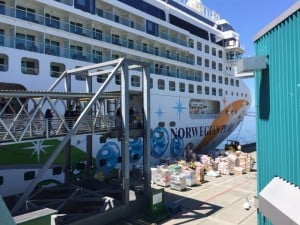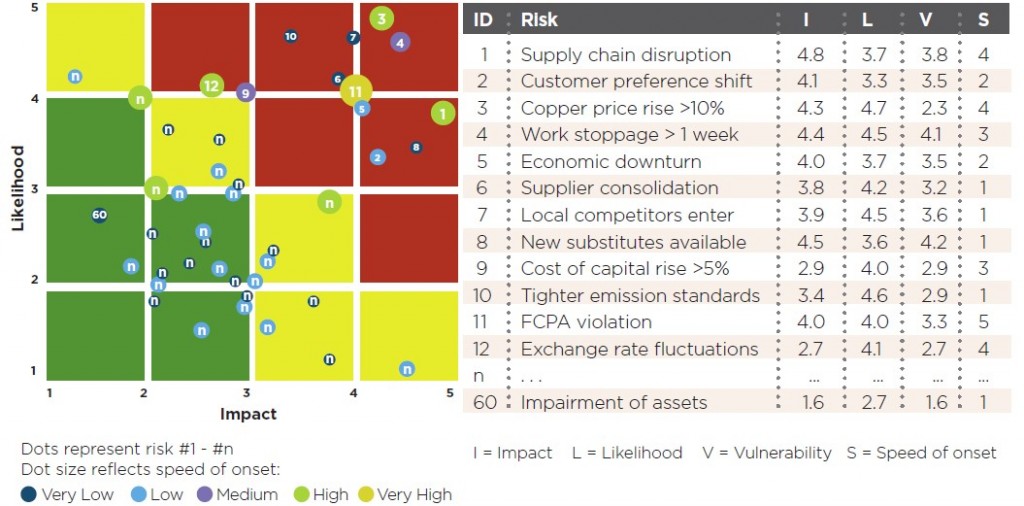According to the Project Management Institute website, the PMI Agile Certified Practitioner (PMI-ACP) is their fastest growing certification.
In the Guide to the Project Management Body of Knowledge (PMBOK Guide), Agile methods are discussed under the Project Lifecycle definition as follows:
“Adaptive project life cycle, a project life cycle, also known as change-driven or agile methods, that is intended to facilitate change and require a high degree of ongoing stakeholder involvement. Adaptive life cycles are also iterative and incremental, but differ in that iterations are very rapid (usually 2-4 weeks in length) and are fixed in time and resources.”
The Agile concept grew out of collaboration between seventeen software developers around 2001. Their ideas evolved into the publication of the Manifesto for Agile Software Development, focusing on “delivering good products to customers by operating in an environment that does more than talk about “people as our most important asset” but actually “acts” as if people were the most important, and lose the word “asset”.”
According to our textbook, “The key point is that traditional PM techniques were developed to operate in the predictable zone where the scope of the project is fairly well defined and technology to be used is established. Agile lives in the unpredictable zone.” (Larson and Gray 584). Key differentiators of Agile include; continuous design, flexible scope, high uncertainty, and self-organizing teams engaged in high customer interaction.
Clearly Agile Project Management has reached the point of mainstream adoption. In our ever shifting, rapidly expanding world, think of the following types of projects which fall into the Agile sweet spot:
- Where requirements will change drastically during the lifecycle.
- The customer does not provide the specifics of what they want up front, but has a loose idea instead.
I spoke with a coworker, an experienced Product Manager, who feels that Agile is great in concept, but harder in implementation, especially in large organizations. The Agile model thrives on simplicity, which may be difficult to achieve in a big firm. Our employer is global, so a geographically distributed Engineering and Marketing group makes face-to-face meetings more difficult and prolongs the quick iterations that Agile strives for. Although, technology is helping to bridge the gaps.
Another topic of discussion surrounded total buy-in at the enterprise level. Agile is not something to dip your toes in. Success is realized and repeated through dedicated Agile teams. The Agile model does not necessarily align with a matrix team environment and may end up defeating the purpose due to a lack of team cohesion.
Questions / Discussion:
What are your thoughts on Agile Project Management? Good, bad, indifferent?
Feel free to share any personal experiences surrounding Agile, a shift away from Traditional PM or a hybrid approach.
Is it realistic to introduce Agile on a team-by-team basis? Do you see any roadblocks?
References:
http://www.pmi.org/certification/agile-management-acp.aspx
Larson, Erik W. and Gray, Clifford F. (2011). Project Management: The Managerial Process. New York, NY: McGraw-Hill Irwin.







